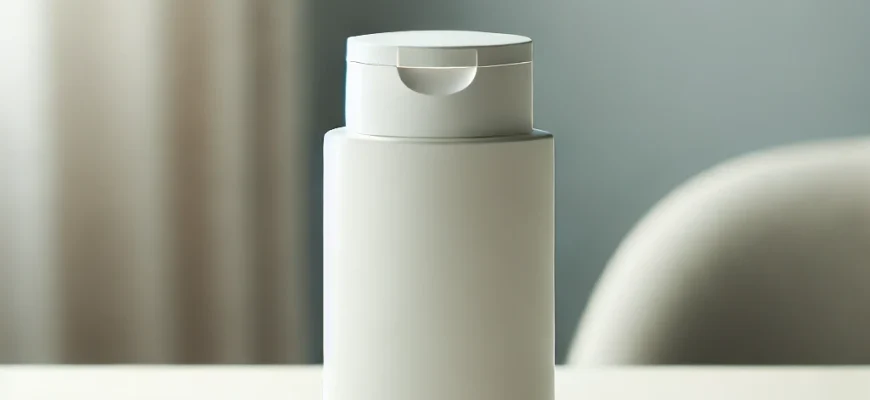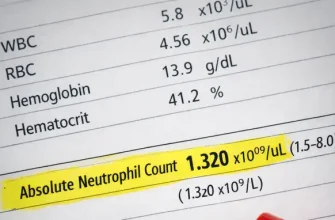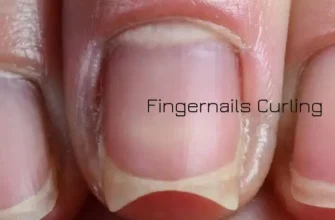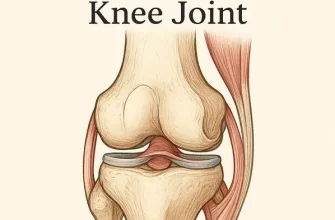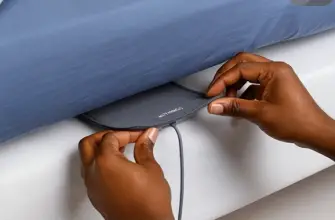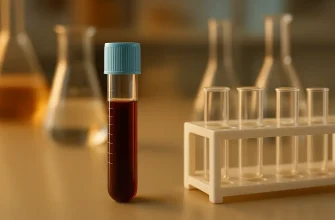Underarm itching—often embarrassing, sometimes painful, and almost always inconvenient. It’s a symptom many of us have experienced at some point, but what happens when it becomes persistent? Chronic underarm itch is more common than you might think, and while the causes are numerous, the solutions are within reach. Let’s explore why your underarms might be driving you crazy, what statistics say about this issue, and what options you have to reclaim your comfort.
How Common Is Persistent Underarm Itching?
The numbers might surprise you: approximately 30% of adults report experiencing persistent or recurrent underarm itching at least once a year, according to recent studies from dermatological clinics across the United States. Underarm itching can affect anyone, but certain factors such as age, lifestyle, and skin type make it more likely. Women tend to report itching slightly more frequently than men, often attributed to differences in grooming habits like shaving and deodorant use.
Table: Common Causes of Persistent Underarm Itching by Prevalence
| Cause | Prevalence Among Cases (%) |
|---|---|
| Contact Dermatitis | 40% |
| Fungal or Yeast Infections | 30% |
| Hyperhidrosis | 15% |
| Psoriasis or Eczema | 10% |
| Other Factors | 5% |
Top Causes of Underarm Itching: An In-Depth Look
1. Contact Dermatitis: The Top Culprit (40%)
Contact dermatitis is by far the most common cause of underarm itching. It’s an inflammatory reaction that occurs when the skin comes into contact with an irritant or allergen. Deodorants, antiperspirants, and even laundry detergents are frequent offenders. Fragrances and alcohol-based ingredients can cause irritation, especially after shaving when the skin is particularly vulnerable.
A 2023 survey by the American Academy of Dermatology found that 48% of people using antiperspirants containing alcohol reported experiencing itching at some point. Switching to alcohol-free, unscented products is often the first recommendation dermatologists make.
2. Fungal or Yeast Infections: A Damp Problem (30%)
The underarm area is a warm, moist environment—the perfect breeding ground for fungal or yeast infections. Candida, the same yeast that can cause infections in other parts of the body, loves underarms. You may notice redness, swelling, and a noticeable itch if this is the cause. Yeast thrives in conditions where moisture is trapped, which makes it more common among those who sweat heavily or wear tight clothing.
Dr. Laura Simmons, a dermatologist, notes, “Fungal infections in the underarm area are very common, especially in hot and humid climates. People often mistake this for a simple irritation, but it needs targeted treatment with antifungal creams.”
Prices for over-the-counter antifungal creams range from $10 to $20. Prescription treatments, depending on the severity, can cost $50 or more.
3. Hyperhidrosis: Excessive Sweating (15%)
Hyperhidrosis, or excessive sweating, affects about 3% of the population and can significantly contribute to persistent underarm itching. Constant moisture causes the skin to break down and become irritated, making it more prone to itching and even infections. Over-the-counter antiperspirants with aluminum chloride are typically recommended as a first line of treatment, costing around $7 to $15. For more severe cases, botox injections are used to reduce sweating—a treatment that can cost anywhere from $500 to $1,000 per session.
4. Skin Conditions: Psoriasis and Eczema (10%)
Conditions like psoriasis and eczema can also cause underarm itching, and they are often accompanied by rashes, scaling, or thickened skin. These chronic skin conditions require a tailored approach that often includes topical steroids or other prescription medications. For many, managing these skin issues involves a combination of emollients, priced at $5 to $25, and prescription creams that can range from $30 to $100.
Lifestyle Factors that Worsen Underarm Itching
Sometimes, our daily habits inadvertently make underarm itching worse. Here are a few lifestyle-related contributors:
- Shaving: Shaving causes micro-abrasions that can easily become irritated. This is especially problematic when combined with fragranced products.
- Synthetic Fabrics: Clothing made from synthetic materials traps heat and moisture, creating the perfect environment for irritation or infection. Cotton or breathable fabrics are much less likely to exacerbate underarm itching.
- Alcohol and Smoking: Both alcohol and smoking can impair the immune response, making you more susceptible to infections, including those that cause underarm itching. Complete cessation of these habits is recommended to support overall skin health.
What Can You Do About It? Practical Solutions
1. Switch Products: One of the simplest solutions is to switch your deodorant or antiperspirant. Dermatologists recommend alcohol-free, unscented products to minimize the risk of contact dermatitis.
2. Keep It Dry: If hyperhidrosis is the cause, try antiperspirants containing aluminum chloride. For severe cases, consult a dermatologist for options like botox or prescription antiperspirants.
3. Antifungal Treatments: If you suspect a fungal infection, start with an over-the-counter antifungal cream. If symptoms persist, consult a dermatologist for a stronger, prescription-grade treatment.
4. Wear Breathable Fabrics: Opt for cotton clothing or other breathable fabrics to reduce moisture buildup.
5. Stop Shaving Temporarily: If shaving seems to be contributing to irritation, consider pausing for a few weeks to let your skin heal, or switch to other hair removal methods that may be less irritating, such as trimming.
6. Consult a Dermatologist: If home treatments don’t provide relief, it’s important to seek professional advice. Persistent itching could be an indication of an underlying condition that needs medical intervention.
Our Editorial Team’s Advice for Long-Lasting Relief
Persistent underarm itching can feel like an endless cycle, but there are effective ways to break free. We recommend taking small, deliberate steps—start by switching to gentler, unscented products, wear breathable fabrics, and keep the area as dry as possible. Don’t be afraid to consult a professional if the itching doesn’t subside. Remember, persistent symptoms are your body’s way of telling you something needs attention, and addressing it sooner rather than later will always lead to better outcomes.

